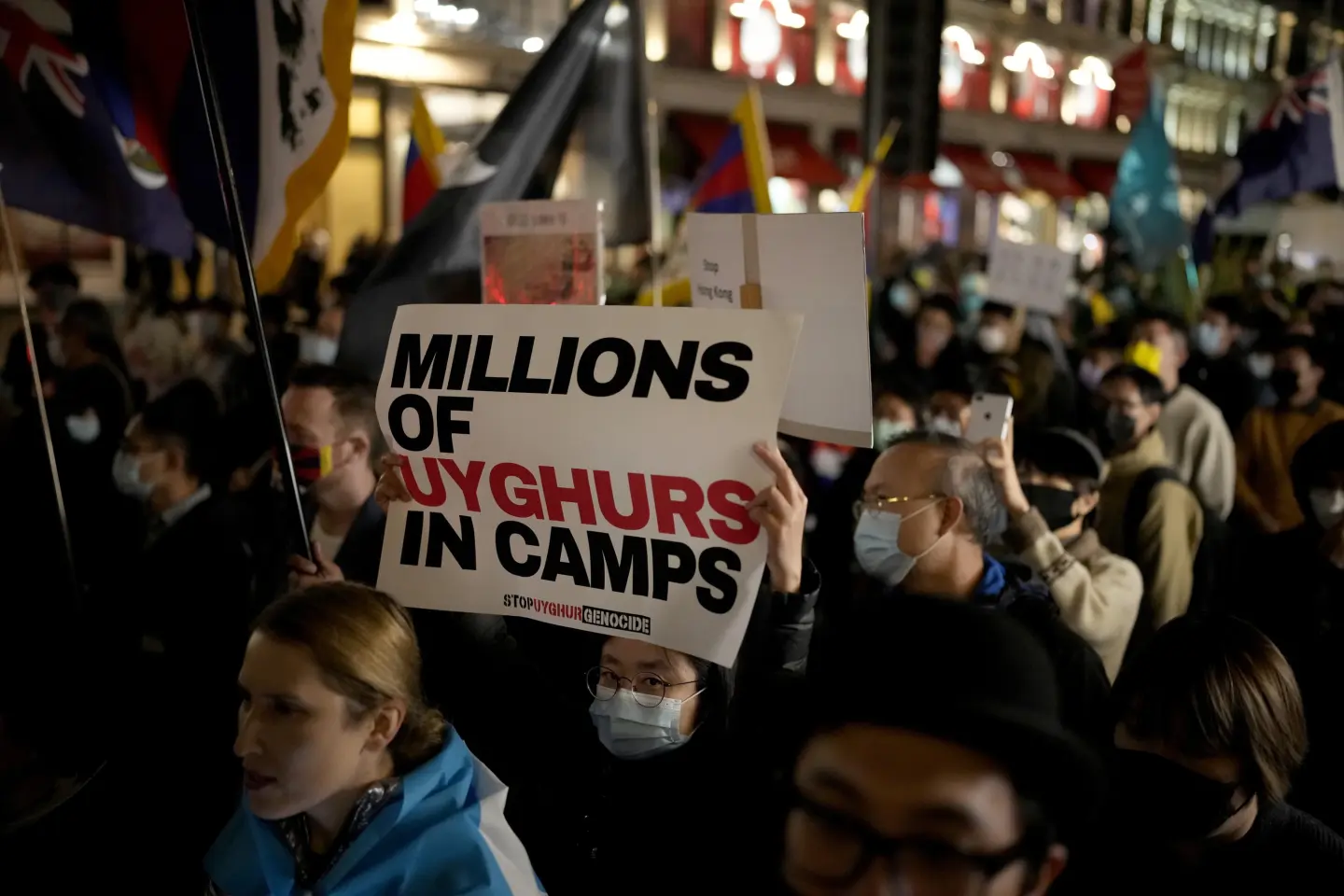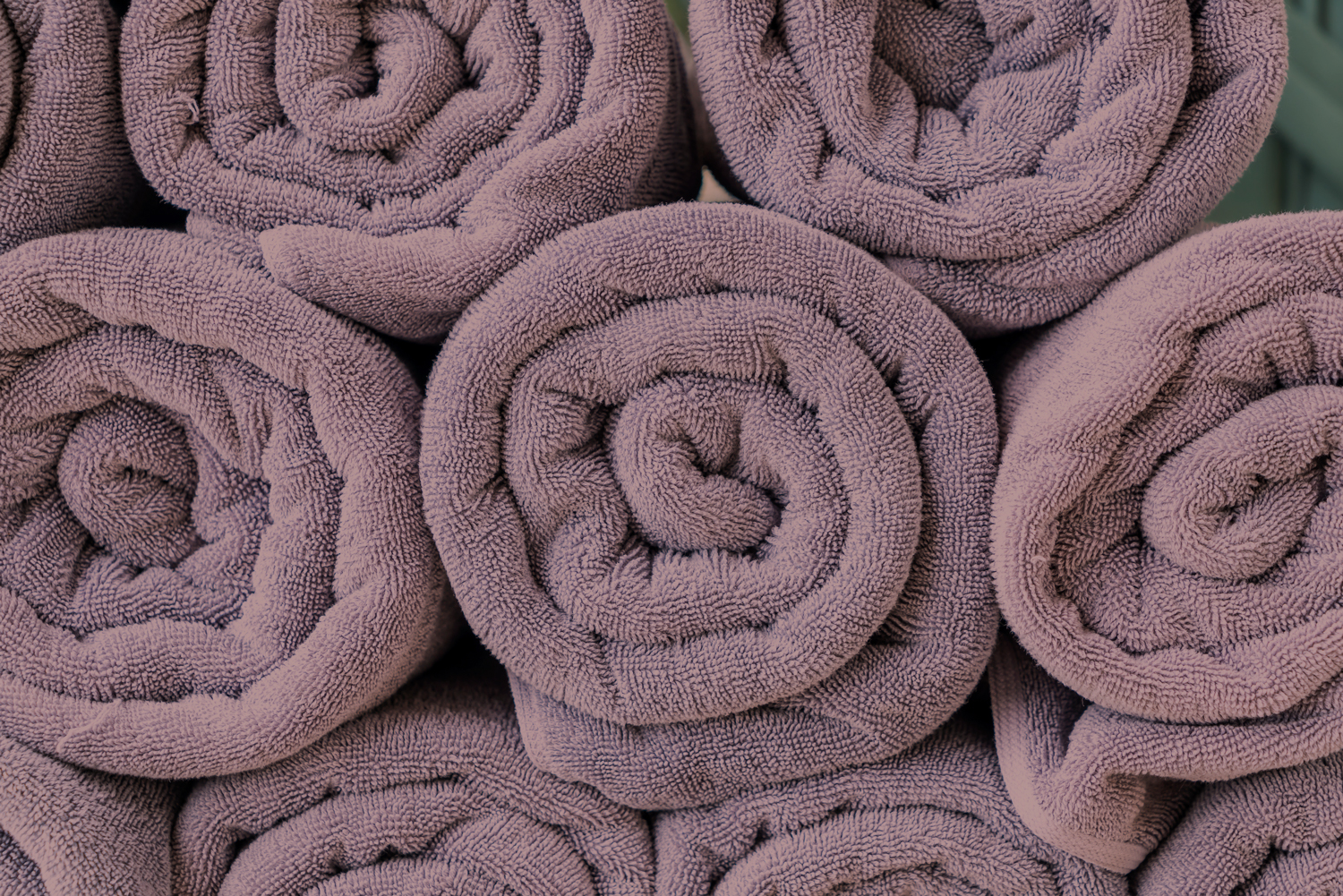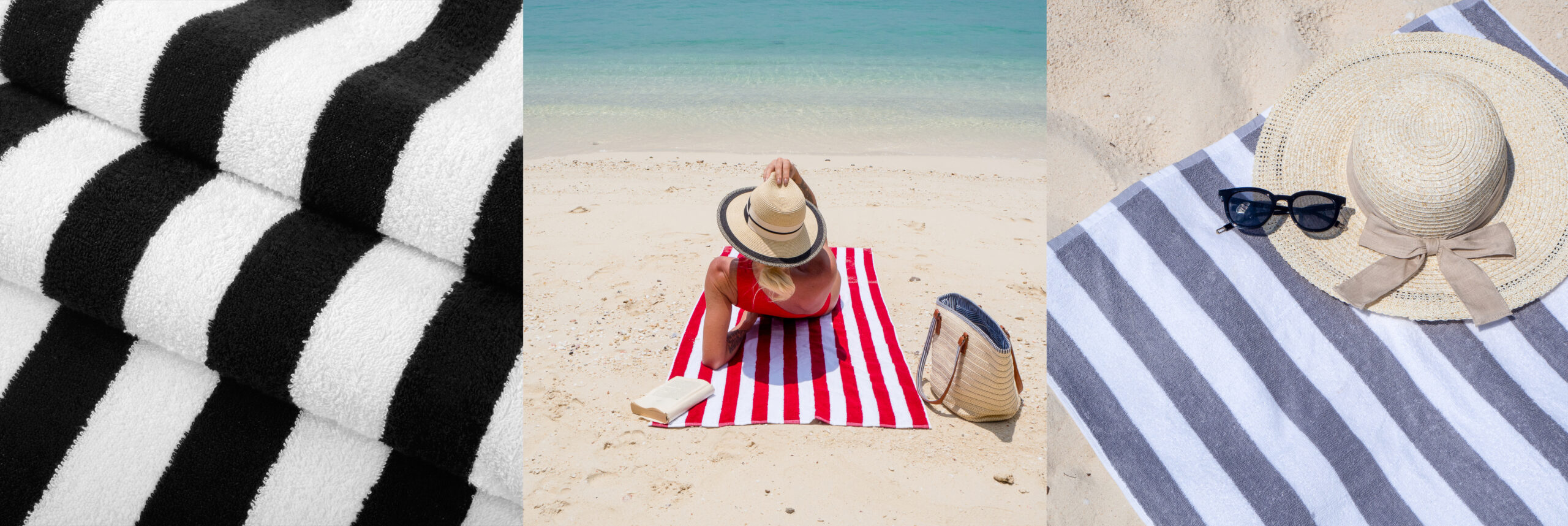Is All Wholesale Microfiber The Same?
What’s the difference between two cloths of the same size, weight, and color? Will your microfiber cloths hold up over time? Why is provenance important?
Microfiber, a relatively new material, has quickly become a staple in multiple industries. Commercial microfiber mops and cloths use in hospital and hotel janitorial departments is growing due to microfiber’s long-term economy, color-coding to lessen cross-contamination, and ability to efficiently eradicate bacteria. The automotive industry adopted commercial microfiber cloths for their streak-free properties and lint-less finishing. Microfiber sheets, pillowcases, and throws are economical, soft, and durable. Perfect for hardwearing modern families.
Unfortunately, the proliferation of microfiber products has led many mills to cut corners, manufacturing product hastily and cheaply. We cannot see how this is a winning long-term strategy. In manufacturing, brands are built on the back of your products. Recently you may have seen how Welspun suffered a crippling public meltdown of confidence with massive recalls across billion-dollar big box retail chains for cutting corners while cotton sourcing.
If you control each element of production, you control quality, your reputation, and customer relationships. The SmartChoice brand is our microfiber line. When choosing a manufacturing partner, we leveraged almost 70 years of textile expertise to find a mill that was capable of operating our end-to-end methodology.
So where are the pitfalls of commercial microfiber production? We’ve outlined the five top points of control below:
Raw Material: We manufacture our microfiber yarn. Frequently manufacturers do not, and shop around to cut costs. Everything starts with the quality of the yarn (Good In. Good Out.). The manufacturing process of the yarn affects the lint and absorbency. Microfiber threads are eight times finer than a human hair. The yarn’s strength comes from a process called splitting whereby single fiber is divided up to ten times then spun back together to create a stronger, more intertwined, yarn (great for trapping dirt). A useful byproduct of this process is the positive electric ‘static’ charge embedded within the fiber.
Splitting timing is critical. Splitting fiber over extended periods of time ‘cook’ the fiber which breaks down, forming lint (a microfiber no-no). If the splitting process is too short, it saves production cost and the potential for lint. However, less time splitting results in a less absorbent cloth. Improper, unaudited, splitting inhibits the cloth’s effectiveness.
Weaving: A smooth even surface is pivotal to effective cleaning. Take microfiber mops for example. If the loop weave of a microfiber flat wet mop is uneven, clumped, or taller than it’s surrounding loops, spotty microfiber mop coverage causes inefficiencies. The operator must go over an area twice and may wear the mop out sooner due to additional scrubbing time. Not to mention the ergonomic impact of having to work harder to gain the same results. To mitigate uneven weaves we use German engineered high-speed warp knitting machines which produce a consistent, precise even-looped cloth.
Dyeing: Dyestuff, dye quantity, and splitting time affect the color-fastness and lint. It is not uncommon for factories to overload machines placing 500-600kgs fabric in a 500kg machine. We also use 500kg dying machines. The difference is that we always ‘under-load’ (80% capacity, about 400kgs) for the best dyeing result. Failure to dye fabrics to their core leads to wastage. Users may feel that cloths are not as useful if they start to fade in spots.
Finishing: Commercial and on-premise industrial laundries wash microfiber cloths up to 500 times to get the most bang for their buck. Although microfiber is tough, that’s a lot of wear and tear on a finished product. It is imperative that edge stitching is robust, as not to fall apart half way through the material’s lifecycle. Finishing is as important as other elements of construction. Only skilled workers can make such stable quality cloth. We equip our skilled workforce with automatic sewing machines which guarantee a consistent and durable stitch and edge quality.
Quality Control: We deploy an end-to-end quality control process… because we can. As we own the whole production process our QC inspections focus on yarn splitting, spinning, weaving, dyeing, cutting, sewing and even during packaging. We have been told that our defective cloths are considered normal for other manufacturers, and we’re proud of that.
When we wholesale microfiber mops and cloths we have the utmost confidence that our product is simply better than the competition. We’ve been around since 1947, and although Microfiber is a relatively recent development, the principles we stand by (sourcing the best possible product for each unique situation) stay the same.
Monarch Brands is a manufacturer and importer of microfiber, linens, towels, and wiping rags. We service distributors and wholesalers. For more information about our lines call (800) 333-7247.







